Exploring trends in CDN and web infrastructure.
Latest Stories

What Sora Means for the Future of Cinema
OpenAI is at it again. When they introduced ChatGPT in November 2022, the world was in shock. Disruption followed immediately. Fourteen months later, we’re still experiencing the aftereffects: the Hollywood strike, the recession that never materialized, the US GDP skyrocketed,
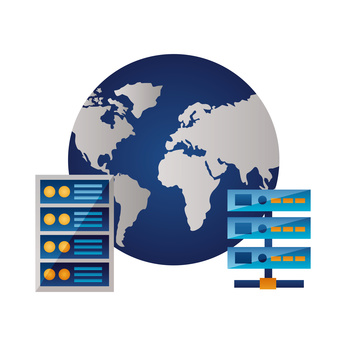
StackPath Sells CDN Business to Akamai
Akamai, the worldwide leader in CDN services, has just announced its acquisition of StackPath’s CDN business. We find ourselves slightly surprised, as we had predicted Akamai’s acquisition of StackPath just three days ago. The rapid occurrence of an event of

Rama: A New Developer Platform That Promises to Reduce Development Time by 100x
Red Planet Labs has launched its new developer platform, Rama. The platform was created by Nathan Marz, who also founded the Apache Storm project. Rama is a high-level abstraction that brings together areas such as application construction, encapsulation, deployment, monitoring,
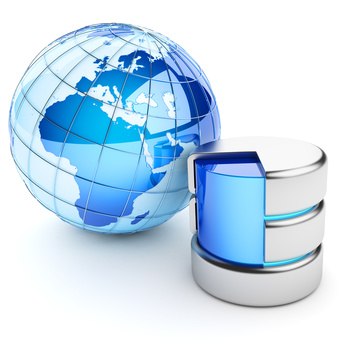
CDN Industry Shakeout
Is the CDN industry experiencing a shakeout? Let’s take a deeper look, starting with the macroeconomic overview and then the micro. Global Overview There are several economies in the world that are struggling. China, once the largest US trading partner and
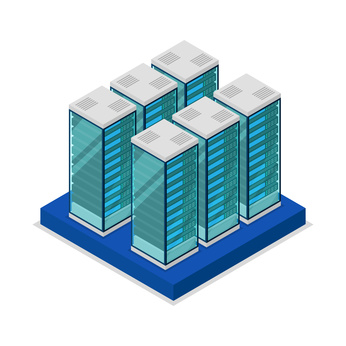
Cool Startup: pgEdge
Edge database startup pgEdge debuted in March, unveiling a fully distributed database based on PostgreSQL designed for the network edge. The startup raised a $9M seed round led by Sands Capital Ventures and Grotech Ventures. pgEdge joins the competitive edge

CDN Snapshot for Q2 2023
The first half of 2023 has been quite eventful. Despite the prevailing geopolitical crises, rising energy prices, inflation, and significant layoffs in the tech sector, the CDN industry is thriving. The US economy remains healthy as companies like Nvidia and

CDN Industry Buzz in January 2023
It’s been two months since our last industry snapshot. Recently, there have been no industry-impacting events. But, in the sign of the times, Netlify has laid off 16% of its staff and Edgio 10%. We understand Edgio’s decision since the merger
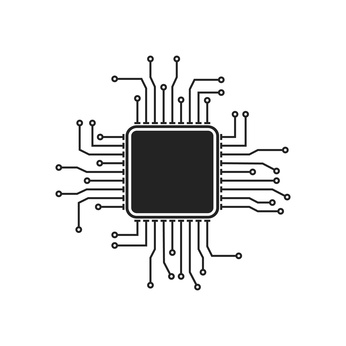
AI Chips: NPU vs. TPU
NPUs and TPUs Neural processing units (NPUs) and tensor processing units (TPUs) are specialized hardware accelerators that are designed to accelerate machine learning and artificial intelligence (AI) workloads. NPUs and TPUs are optimized for the mathematical operations that are commonly
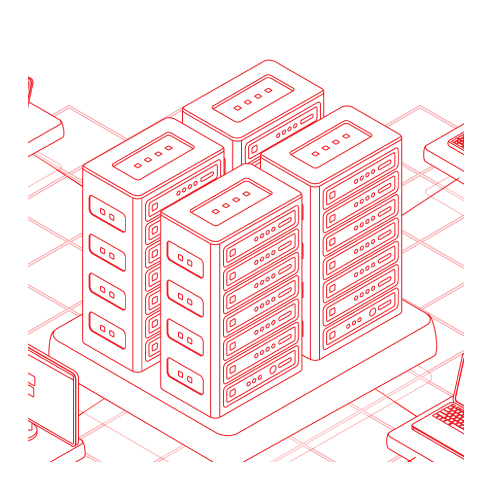
Data Science Workflow Automation Tools: Flyte, Kedro, Metaflow, and Pachyderm
Workflow Automation Workflow automation tools are designed to help users build and manage complex, multi-step processes and tasks. They provide a set of tools and best practices for defining and executing workflows, as well as for monitoring and debugging workflow
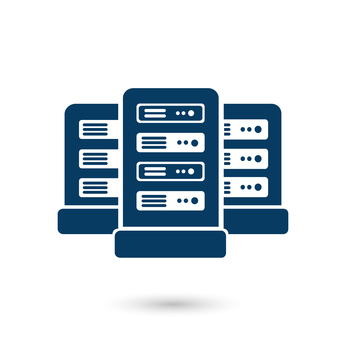
ML Pipeline Tools: Argo Workflows and Kubeflow
ML Pipeline A machine learning (ML) pipeline is a series of steps to build, train, and deploy machine learning models. An ML pipeline typically includes preprocessing data, training models, evaluating models, and deploying models for use in production. ML workflow
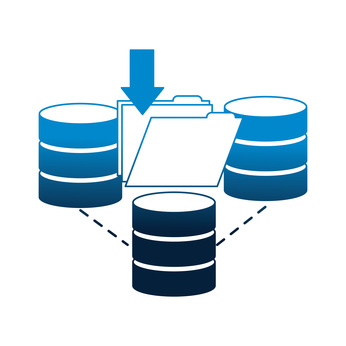
Data Pipeline Tools: Airflow, Beam, Oozie, Azkaban, and Luigi
Data Processing Pipelines A data processing pipeline is a series of interconnected steps or stages to transform, enrich, and analyze data. These steps can include tasks such as extracting data from various sources, cleaning and filtering the data, transforming it

Low Code and No Code Platforms Overview
What is Low Code? Low-code platforms, known as no-code or citizen development platforms, allow users to create and customize applications without extensive programming knowledge. These platforms are designed to be user-friendly and intuitive, enabling non-technical users to build custom software

AWS s2n-quic Overview
s2n-quic is a lightweight implementation of the QUIC (Quick UDP Internet Connections) protocol in the s2n library. s2n is an open-source implementation of the TLS (Transport Layer Security) protocol designed to be simple, small, and fast. The QUIC protocol is

HTTP/2 vs. HTTP/3
HTTP/3 is the third major version of the HTTP (Hypertext Transfer Protocol) network protocol used to exchange data on the World Wide Web. It is based on a new transport protocol called QUIC (Quick UDP Internet Connections), a multiplexed and

JSON vs. Protocol Buffers vs. Avro
Introduction JSON (JavaScript Object Notation), Protocol Buffers (also known as Protobuf), and Avro are all data serialization formats commonly used to transmit data between systems. These formats allow you to define the structure of the data that needs to be
Your spot for the coolest trends, ideas, and concepts.



Rama: A New Developer Platform That Promises to Reduce Development Time by 100x






Data Science Workflow Automation Tools: Flyte, Kedro, Metaflow, and Pachyderm


Data Pipeline Tools: Airflow, Beam, Oozie, Azkaban, and Luigi





